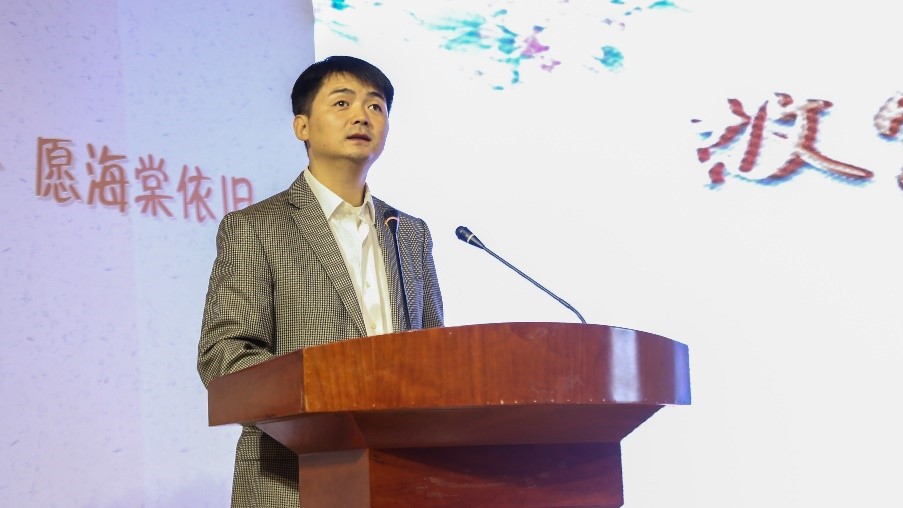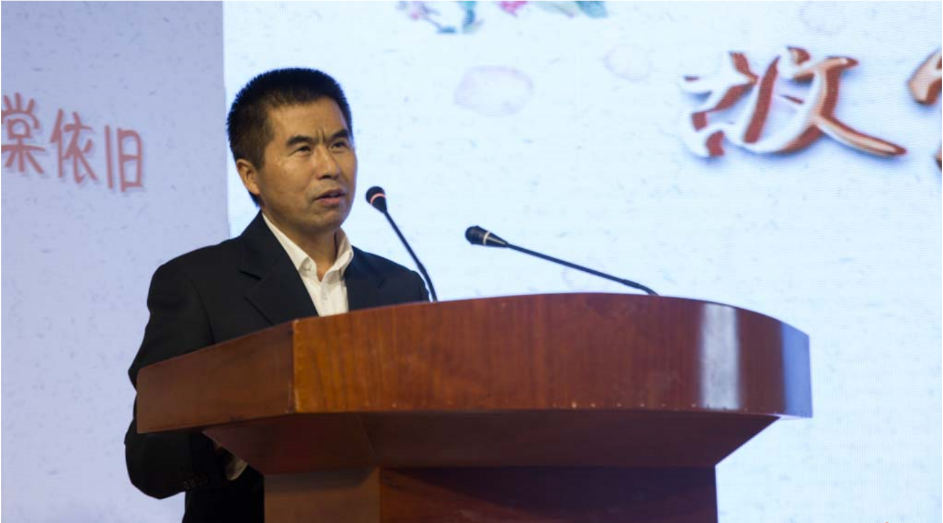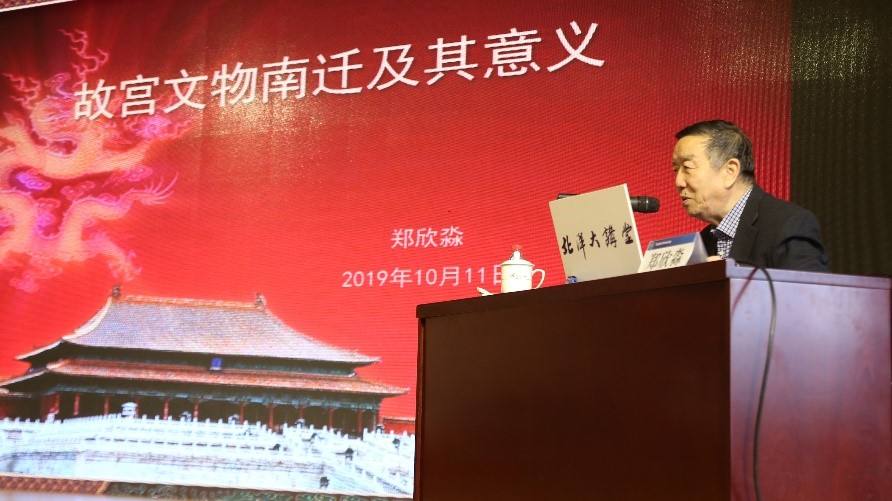On October 11,the Forbidden City Culture of Peiyang Lecture, which is the first in a series of cultural addresses, opened on Tianjin University’s Weijin Road Campus. Zheng Xinmiao, former Vice Minister of Culture, former President of the Palace Museum, President of the Forbidden City Research Institute and the Chinese Poetry Society, was invited to be the guest speaker for the first event, and thus inaugurating the series of Lectures on Forbidden City Culture.

During the opening ceremony, Gong Jinlong, Vice President of Tianjin University, delivered a speech, citing the close relationship and long history of cooperation between Tianjin University and the Palace Museum. University professors and students are always participants and contributors on the way of protection and inheritance of the Forbidden City. This lecture series is a great opportunity for TJU students to get closer to traditional Chinese culture. He expects the lectures will increase the cultural atmosphere of Tianjin University.

Subsequently, Wang Zilin, Director of the Research Office of the Palace Museum, addressed the event. He stated that the Forbidden City and Tianjin University has a long-standing cooperation and close relationship. In the protection and planning of the ancient buildings and academic research andmonographpublishing about the Forbidden City, Tianjin University has provided a lot of help and support for the Forbidden City. The two sides bond together and cannot be divided. He hoped that the two parties would continue to carry out additional cooperation in academic research and protection planning, and create the level of collaboration between the Forbidden City and TJU to a new high.

Then, Professor Zheng Xinmiao lectured on the south moving and its meaning of the cultural relics of the Forbidden City. He said that the cultural relics were moved to the south after the September 18th Incident in 1931 because of the war, and moved back to the Palace Museum in 1950. The cultural relics of the Forbidden City moved to the south are mainly collections of the Qing Dynasty from various sources such as the inheritance of former dynasties, the tribute from foreign countries, and the production of the country, which have their special political and cultural significance, making them treasures of the Chinese nation and giving them historical and cultural meanings. After the establishment of the Palace Museum in 1925, the collections of the Qing Dynasty, which symbolize the inheritance and legitimacy of the imperial power, became a cultural property shared by the people and played an important role in promoting the cultural identity of the Chinese nation. He then introduced the history of the south moving of the cultural relics of the Forbidden City.
After the lecture, President Zheng had an interactive communication with the teachers and students on the scene, and conducted in-depth exchanges on the cultural communication of the Forbidden City and the promotion of cultural products.
By: Cui Jingyue
Editors: Harlan Haverback, Sun Xiaofang






